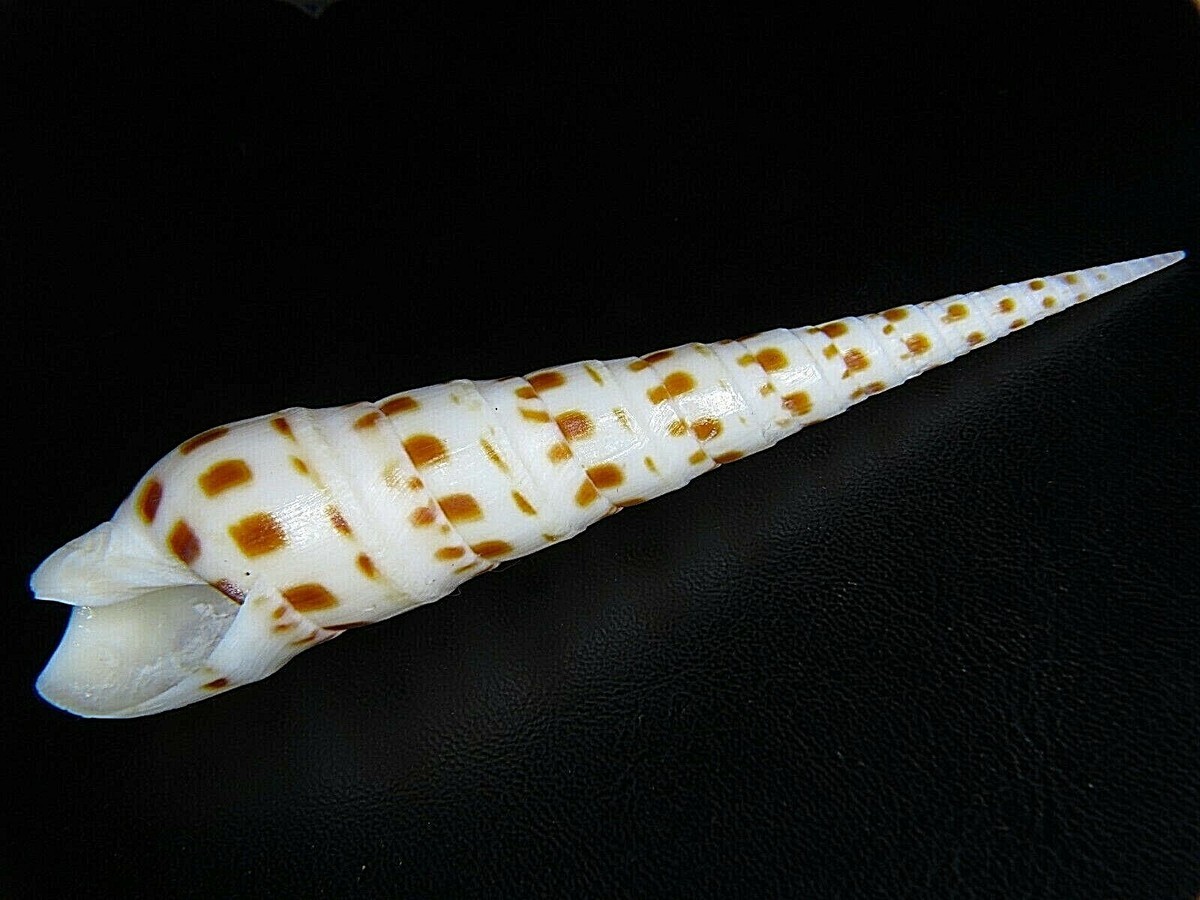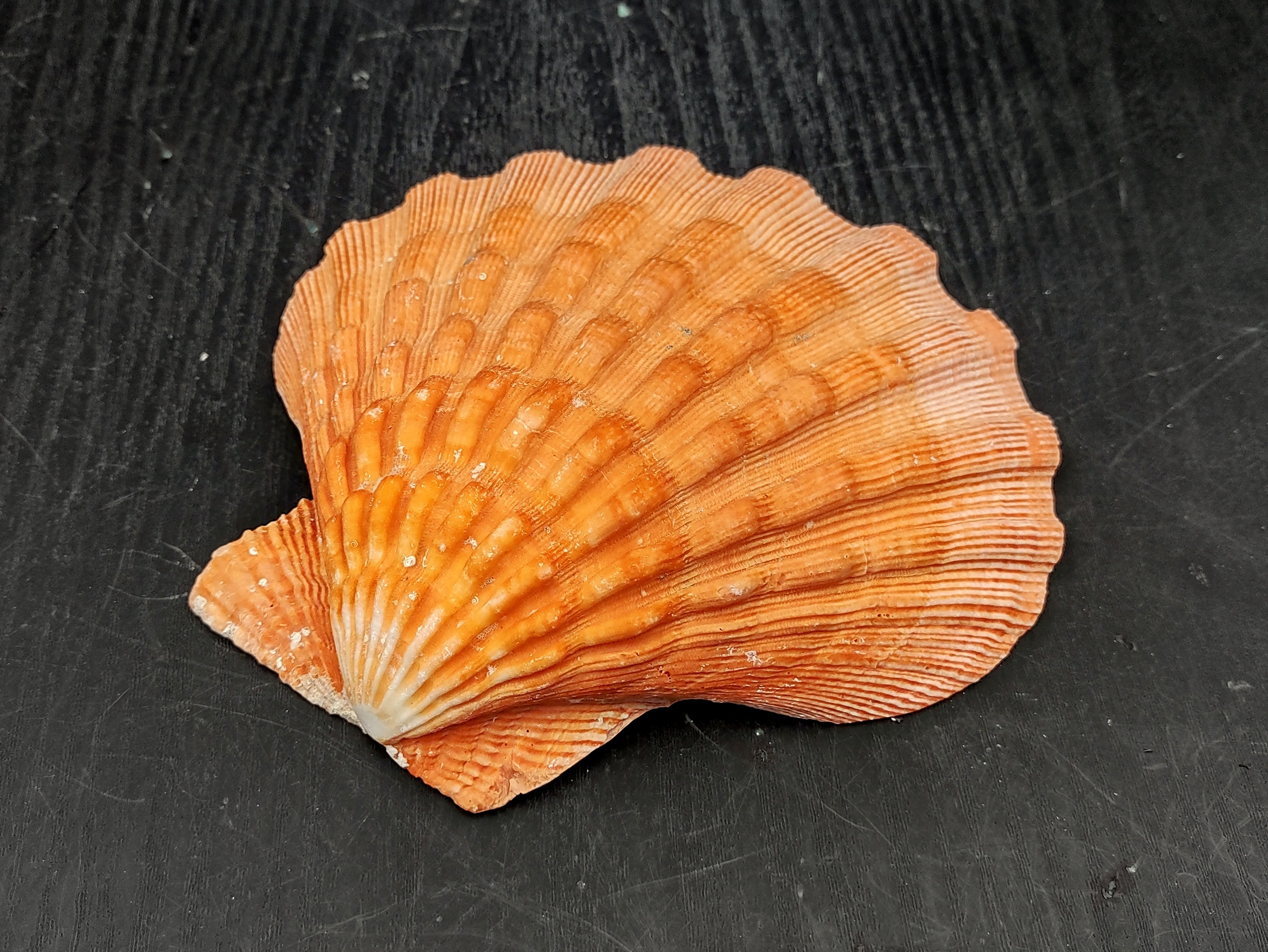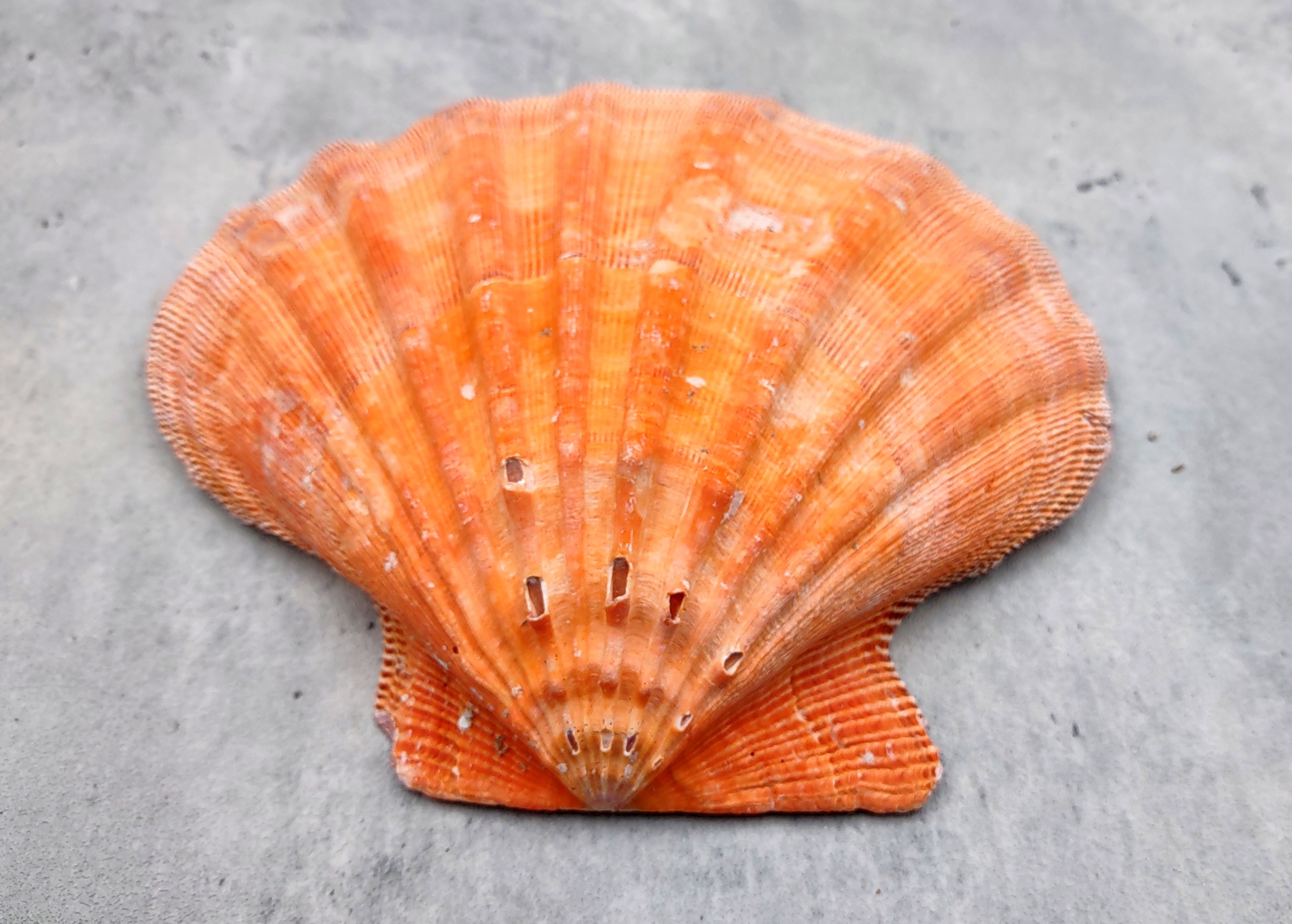What Makes a Shell B Grade at Seashell Supply? What Makes a Specimen Shell?
Seashell Supply on 8th Sep 2025
There are a lot of great ways to enjoy shells. Some of them require meticulous attention to the detailed attribute that make a certain shell unique, while others just require a shell to be a shell. Most seashells fall in between these two areas. They are, after all, a product of nature and are subject to all the variances and influences that being part of an ocean ecosystem can throw at them. So the easiest definition of what constitutes an “A Grade” shell is that it looks the way we generally expect the shell to look. Purple cowries are purple. Spider Conchs have their spidery “legs”. And so on.
Specimen shells are the shells that come the closest to our ideal image of a shell. Shells that are harder to find in any condition can also be specimen shells. But specimen shells generally meet the following guidelines:

Specimen Grade Tererbra Areolata
Specimen Shells
To be considered a specimen shell, a seashell must meet several criteria that elevate it from a casual beach find to a collector-worthy treasure. Here's what conchologists and serious shell collectors typically look for:
- Pristine Condition
- No chips, cracks, or erosion
- Intact spire, aperture, and outer lip
- No repairs or artificial enhancements
- Natural Coloration
- Vibrant, unaltered colors and patterns
- No bleaching or fading from sun exposure
- Shells should not be artificially polished or dyed
- Complete Structure
- Includes all original parts like the operculum (the “trap door”) if applicable
- No missing whorls or broken tips
- Scientific Accuracy
- Properly identified with genus and species (often using Latin names)
- Measurements in millimeters are standard
- Documentation of collection location and habitat is ideal
- Rarity and Aesthetic Appeal
- Uncommon species or rare color morphs are highly valued
- Symmetry and visual appeal matter—think of it like nature’s sculpture
- Ethical Collection
- Must be legally collected, especially if sourced internationally
- Protected species or shells from restricted areas (like parts of the Mediterranean or Solomon Islands) require permits or may be prohibited entirely
Bonus for Collectors
Some collectors also value:
- Historical provenance (e.g., collected during a notable expedition)
- Display readiness (e.g., mounted or labeled for exhibitions)
If you're curating your own coastal collection, you might already have a few gems in your stash. Want help identifying or categorizing them? The best place to look for information about grading shells is on Conchologist websites. Conchologists of America or the website Conchology are great places to start. There is also a more in depth article on the grading system for shells here on World Wide Conchology.

A Grade Orange Lions Paw Shell
So what makes a B Grade shell?
- Size. The item may be a smaller or larger size than is normal for that species of shell. It also may just fall outside the size range of that shell that we sell.
- Coloring differences. Including shade of color or design on shell. Faded color from the sun. Etc.
- Chips, small cracks or breaks. Conchs have their “spikes” worn down or broken off. The shell’s opening is cracked, etc.
- Misshape. Sometimes the tip is not a point for example, or the shell developed slumped to a particular side.

B Grade Orange Lions Paw Shell
B Grade shells aren’t perfect. But they are what we find in the wild on our beaches most often. And when it comes to us shell lovers, this is their secret weapon. They may not be perfect for jewelry, artwork or specimen shell collecting, but they work great if you want authenticity. They look like they are from the beach. So they are great if you just want to add to a shell collection, or if you want some shells for indoor or outdoor décor. A lot of people also buy B Grade shells to cut or break up for jewelry and art.
So, while most of the shells a company like Seashell Supply sells are strait A Grade shells that may show some natural wear but have good structure, color and size, B grade shells are a popular option for many reasons, and sometimes a collector wants a specimen that we have in stock for their collection.

